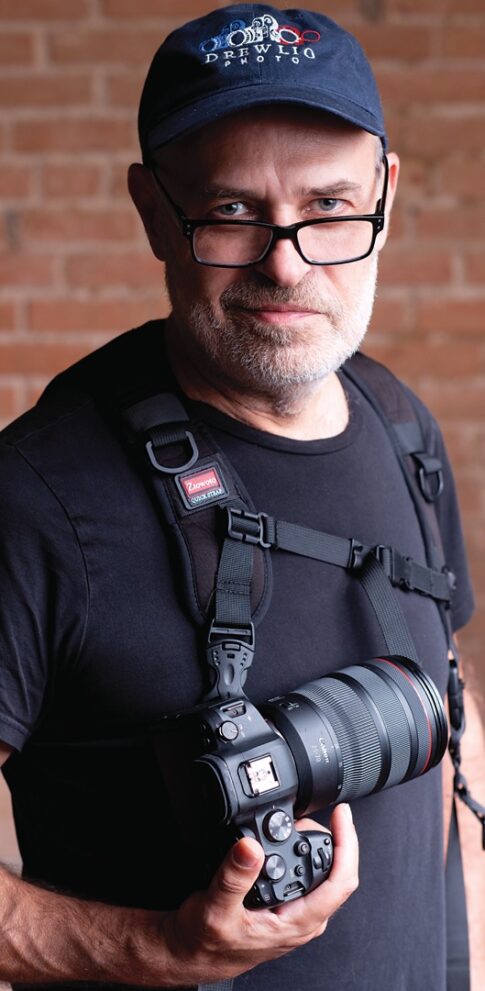
By Taylor Adams Cogan
“Is it that hard to make us look cool?”
Actor Jason Lee shouts this to the sky in Almost Famous, pleading for his fictional band in the movie to be portrayed as awesome as he feels it is.
It can take a lot to make a band seem cool. Deep Ellum neighbors and the music-obsessed Dallas residents may be able to easily keep up with bands and artists who step onto local stages. But for others, and for musicians looking to get more exposure, they could use the skills of photographers like Andrew Sherman.
Andrew says he’s from a lot of places, highlighting New York, Chicago, and Los Angeles. It was in California when he had his first draw to the city he now calls home.
“I worked on a show for the Chevy Music Showcase, which had a bunch of Dallas-area bands. I saw Deep Ellum through this very magic lens because I wasn’t here, but the people I was working with were shooting shows in Deep Ellum venues,” he says. “It looked amazing. It was nothing I had ever seen in LA.”
In his third season of the showcase, he made his way to Dallas, quickly falling in love with the city. The adoration, plus some life change,s pushed him to move here in 2016, jumping in with no plans other than seeing an open market and a music scene he loved. And he didn’t even own his own camera yet.
He did, however, know some bands in the area from his previous work. Once he had a camera in hand, he was photographing some shows for free and for fun. Of course, that work landed him in Deep Ellum, documenting bands’ performances at venues such as Double Wide, Three Links, and Trees.
When Deep Ellum Art Co. opened, Andrew started an open mic, which he ran for two years before transitioning to the venue’s house photographer. It wasn’t long before he developed his art form, attracting other venues, like the Longhorn Ballroom and House of Blues, and the Dallas Observer – you’ll find both his photos and his writing there. Bands still hire him, too, gigs that have allowed him to get into music videos.
”It has been a dream job. It’s not like I’m going on vacation all the time, but it’s a pretty fun job, and sometimes I’m the only one shooting these enormous shows,” he says.
Between shooting and editing, he still had the urge to pursue his love of Dallas, and as he learned more about the people who make our city great, he broadened his work to podcasting. For about three years, he’s been recording the “Dallas Famous” podcast (now recorded at the Deep Ellum Community Center), interviewing and sharing stories of creatives throughout the area for more than 100 episodes.
”It was kind of an offshoot, because I’m fascinated with Dallas, and so many people would tell me stories of things,” he says. “I interview a ton of creatives on the podcast – not just musicians, but actors, people who own venues, journalists, acting coaches, anyone ‘Dallas famous.’”
Photography remains his main art form, which he keeps excelling at and developing.
”I like to mix in a lot of lens filters, which gives visual effects in the shot, not the edit,” he says. “I did that at Deep Ellum Art Co.: There’s something about the music that the photos weren’t showing, the energy of the music. I started playing around with filters – 30 lens filters, doing all different kinds of things.”
To accomplish this, he prefers to shoot for bands where he can have all-stage access. To be fair, who wouldn’t? The access allows him to embrace his skills and best communicate the magic on stage, sharing something in a way that other photographers may not.
“I like to get photos that are unique. If there’s me and someone else in the pit, they get the same angles and light,” he says.
Andrew’s photographed well-known bands and local acts you haven’t heard of yet. Some of his favorite memories include photographing the Toadies at the Factory, where he got to go backstage, and photographing the Old 97’s at the Longhorn. Can you tell he loves our local scene?
”I was behind Ken Bethea’s amp. That is pretty amazing,” he says. “It took a while to get to that point.”
He’s learned to be quick, too: For most big acts, press photographers get the first three songs, then they’re out.
“Some bands, three songs is an eternity. I get a variety of shots – if I can get from both sides, center, and more angles, I will,” Andrew says. “If I feel like I have enough time to get the money shots, the expected shots, then I’ll pick a few filters before the show, sometimes I’ll get to use them.”
At the time of our interview for this story, he had just photographed Vampire Weekend.
”I have this weird one, where the center’s open and the rest is a circle that’s blurry,” he says. “At first, I wouldn’t put those in the Observer, then I guess I earned their respect, and now I get a bunch of cool, trippy ones published. The best is when I write the review, and the trippy photo is the main.”
Early in his professional life, before he was equipped with a camera, Andrew did a lot of promotional work, “before I figured out what I was going to be,” he says, handing out free promo materials and setting up and breaking down a stage.
“I’d be there all day. I wasn’t making a ton of money. I never once had the ambition to be a photographer, I just fell into it,” he says. “I would kind of be like, ‘I have this freedom at work. I know what I have to get; people trust that, and I’m on my own, a free agent.
“I have responsibilities, but there’s still this freedom I like about it. It’s more like a philosophy, I guess. I was working at an event and was told, ‘I hired you because you know how to find moments.’ Ever since then, that’s just what I do.”
